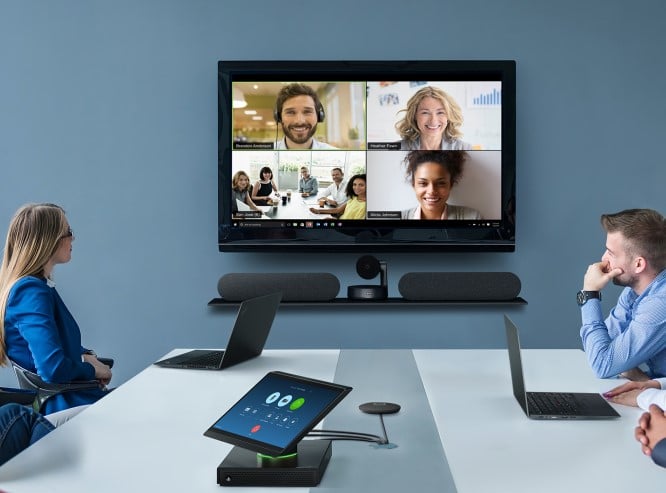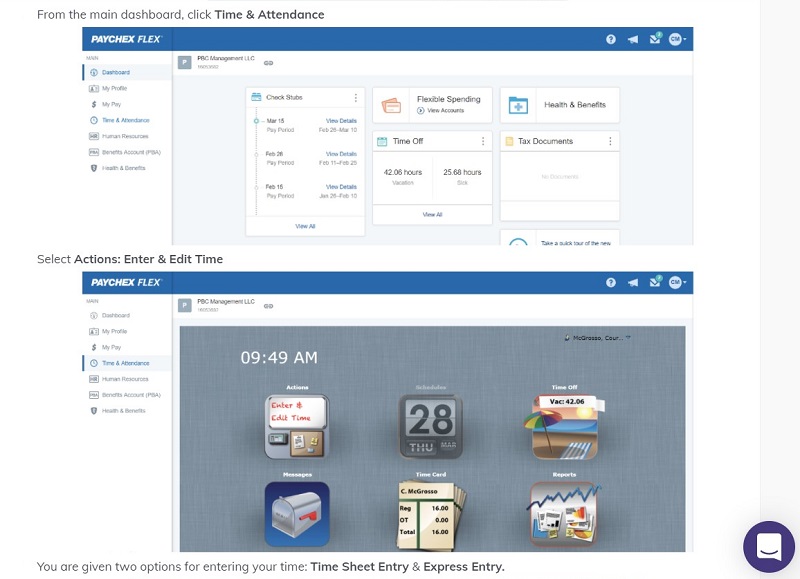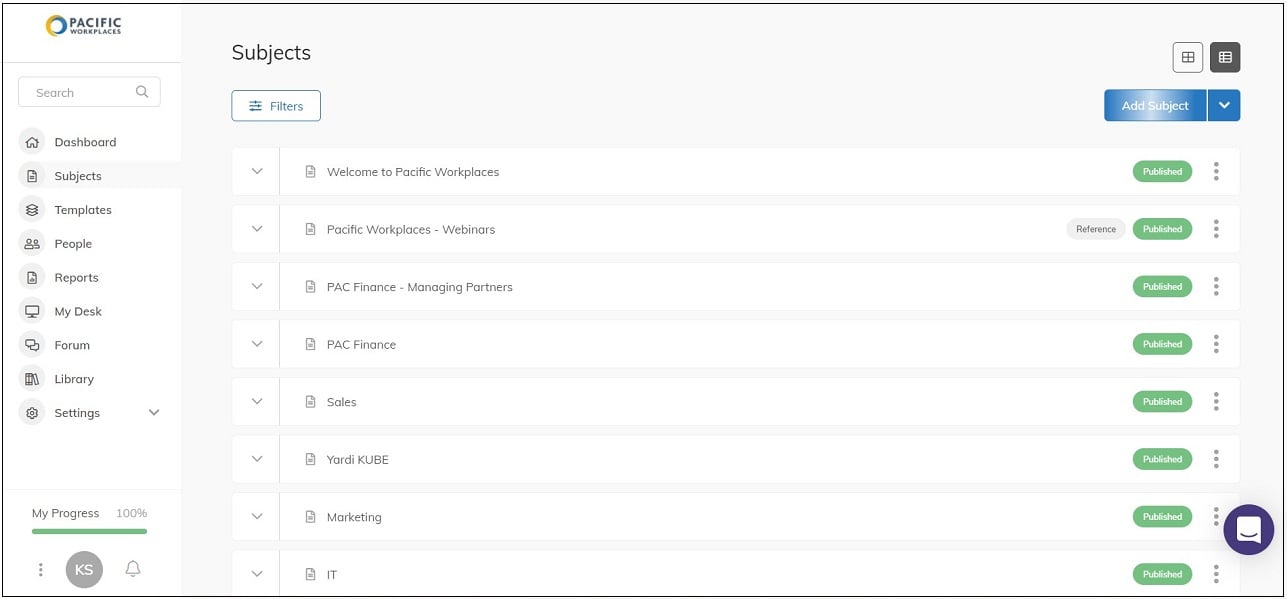Despite the decline of lifelong employment and significant changes to how companies operate, the old adage about your staff members being your biggest assets still rings true today. Whether a worker stays with you for a year or a decade, it’s imperative that you invest in training them from the outset. Failing to do so may see them become anchors dragging you down.
But what should your internal staff training cover? And how far should it go? You can go too far in either direction, of course: doing too little and failing to make an impact, or doing too much and pushing past the point of optimal ROI. In this post, then, we’re going to note four key things that every modern manager needs to address in their internal staff training, paying particular attention to how the shift to remote/work-from-home (WFH) has changed working life. Let’s get started.
Communication Software
Any business with more than a handful of employees stands or falls on the quality of its internal communications. This was true before the pandemic changed how we work, and it’s true now, only the challenge of communicating effectively has increased dramatically. Colleagues based in different locations can’t rely on those crystal-clear face-to-face meetings that helped office life stay consistently productive. This can lead to major problems.
To overcome that gulf, it’s necessary to lean on communication software. Modern tools allow us to communicate effectively no matter where we go, as hits like Slack and Zoom have clearly demonstrated — but they need to be used effectively, and that doesn’t always happen. For instance, incorporating highly interactive training sessions is an important aspect of training a remote team. Leveraging a communication tool like Zoom Rooms Video Conferencing is something to consider. Zoom Rooms allow groups to easily share multiple desktops simultaneously as well as interactive white board capabilities. A Zoom Room essentially turns any meeting room into an enhanced video conferencing experience which can enhance the internal training experience for your distributed workforce. Flexible office space providers or facilities that offer hourly meeting rooms are usually good places to check for Zoom Rooms. Good internal training should delve into the features of the communication software being used, ensuring that everyone in the company knows how to cooperate and collaborate efficiently.

Photo credit: Deviaje
Available HR Resources
When someone wants to schedule some time off, how can they do it? If there’s a conflict between employees that can’t easily be resolved, how should they deal with it? And what if a team member takes issue with a company policy? Is there a system in place to allow them to mention it anonymously? The answers to these questions all need to be made clear.
After all, people today expect companies to have employee well-being in mind at all times, and a positive workplace culture is vital even when the workplace is remote. You should have suitable HR systems in place, including a central portal through which time and attendance or vacation requests can be tracked and any other issues can be addressed (check out solutions like BambooHR, or Paychex Flex for instance).

Documented Processes
It’s important to have as many of your regular working tasks documented as you can, and that documentation should serve as the cornerstone of your training program. At a minimum, you should have SOPs (standard operating procedures) written out for tasks like requesting project sign-offs, filling out invoices, or tracking time spent on billable work.
The more employee turnover you have, the more important this is. The onboarding process for a short-term employee can broadly shape their overall productivity: if it takes them a month to get up to speed, but they’re only with you for two months overall, that’s a big waste of time.
Software programs like Trainual can help you manage your company’s internal onboarding process and communicate standard procedures. Through SOPs and appropriate training, you can get someone working effectively in under a week, leaving them much more time to be productive.

Best Cybersecurity Practices
Security was certainly easier in traditional offices. Files could physically be confined to those spaces, making them inaccessible to those outside lacking the credentials to get past the on-premise security systems. Things are different now. Files must be made accessible through the online world, and users must be allowed access to core systems from uncontrolled connections. If handled poorly, such conditions can prove disastrous.
To combat this, your internal staff training should cover best cybersecurity practices, showing your employees what they can do (and what they must do during their working hours) to keep their data and your systems safe. Consider the basics like creating strong passwords, logging out of systems when done with them, and withholding admin privileges from those who don’t need them. All of these points must be covered.
You should also care about their personal data because of the looming threat of social engineering. If they are tricked into a scheme that uses their public data to exploit password-recovery processes, this can cause issues that filter into your business operation. So explain how they can protect their data, and let them know what type of ‘phishing scams’ to be weary of: a frugal type might be convinced to try a free VPN (What Is My IP Address has a useful list) with the best intentions of saving a few bucks, but the VPN market is riddled with scams, so it’s best to articulate your company’s cybersecurity practices and protocols to ensure your remote team’s data is as safe as possible.
If you’re looking for resouruces to help manage your WFH or remote team, check out a Pacific Workplaces location near you.

